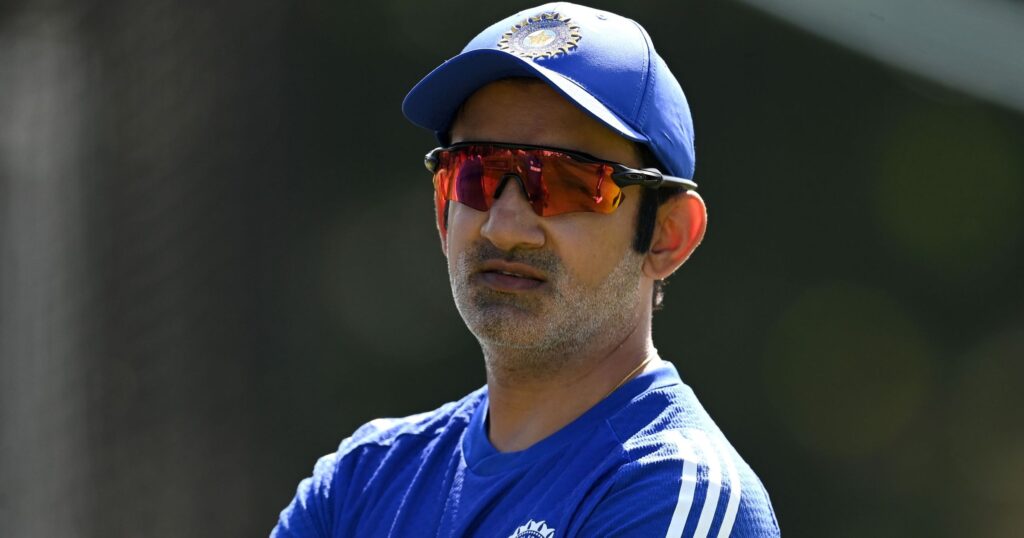ESPNcricinfo has reported significant concerns raised by Fortis regarding the usage of the primary cricket square at a specific venue in Surrey, England. The contentions mainly revolve around the Indian cricket team utilizing a substantial portion of this main square during their training sessions. This scenario has sparked worries not only among the management at Fortis but also among cricket aficionados who are cognizant of the implications such practices could have on the ongoing cricketing fixtures slated for the venue.
Fortis, an entity known for its vested interests in cricket infrastructure, flagged the notion that the proximity of players and coaches to the pitch may lead to detrimental effects, especially considering that there are numerous competitive matches yet to unfold during the current season. The meticulous maintenance of a cricket pitch is paramount, as the surface plays a critical role in the performance and outcome of the matches that follow. Thus, any training activities that encroach upon the main square could potentially jeopardize the conditions necessary for the participating teams.
The venue in question, known for hosting several high-profile matches, is a stage where both domestic and international cricketing events take place. Surrey County Cricket Club, which has its fixtures lined up in the ongoing season, stands to bear the brunt of any lapse in pitch quality as a consequence of the training activities carried out by the Indian contingent. The club management and players have a responsibility to ensure that the pitch remains conducive for play, reflected in their performance and the experience of the spectators.
As cricket enthusiasts would understand, the dynamics surrounding pitch preparation are intricate and require careful consideration of various factors, including the type of grass, moisture levels, and wear and tear from previous matches and practice sessions. The interaction of the Indian squad with the pitch during their training—especially with vital matches still ahead—is viewed as a potential disruptor of the painstaking efforts put forth by groundskeepers and pitch curators who strive to present the best playing surface possible.
It is worth mentioning that the relationship between touring teams and local clubs often involves negotiations over practice facilities and time slots that accommodate all parties involved. The Indian team’s training sessions, as it pertains to this scenario, may have been planned well in advance, but the repercussions on the pitch and the local sides must be evaluated succinctly. The essence of maintaining a fair playing field resonates deeply within the ethos of cricket, and compromises in practice routines may be necessary to uphold that principle.
In light of Fortis’ concerns, there could be discussions initiated between the Indian management team and Surrey officials, aiming to address these issues cooperatively. Possible solutions may include adjusting training locations or timeframes, which would help to segregate the high-impact training activities away from the main play area. Collaboration in situations like this ensures all stakeholders, including players, coaching staff, fans, and local clubs, can enjoy and engage fully with the sport.
Ultimately, the objective remains to enhance the overall cricketing experience while safeguarding the integrity of the playing surfaces at this Surrey venue. Hence, while the Indian team represents a pinnacle of skill and talent in the cricket arena, finding a balance that accommodates their training needs without compromising the quality of local fixtures is vital for the health of the sport and its community. Addressing Fortis’ concerns may pave the way to a harmonized relationship among teams, clubs, and the broader cricket fraternity, ensuring that the spirit of the game thrives.












